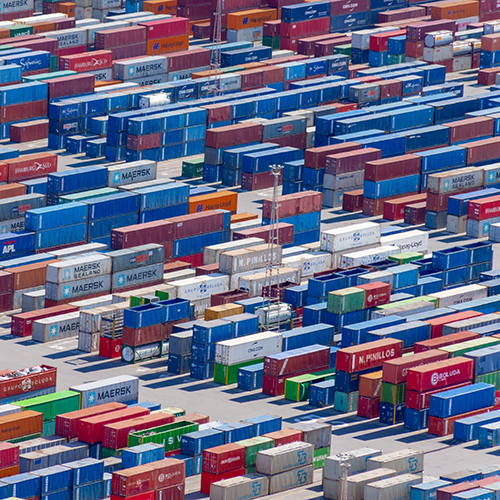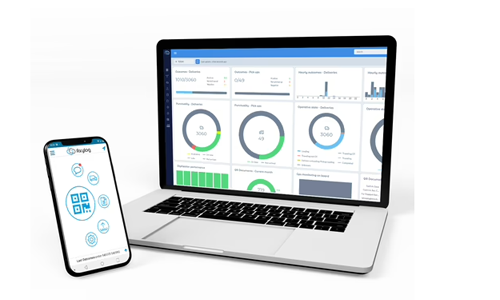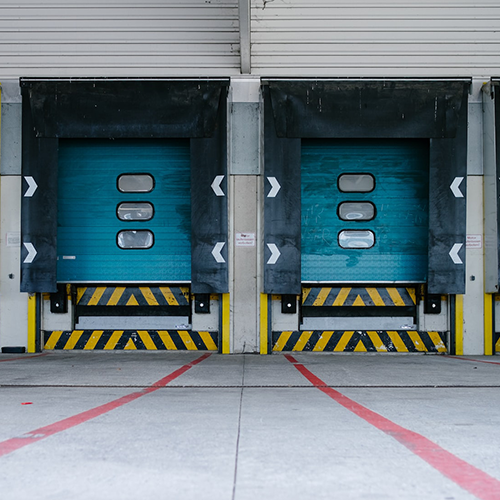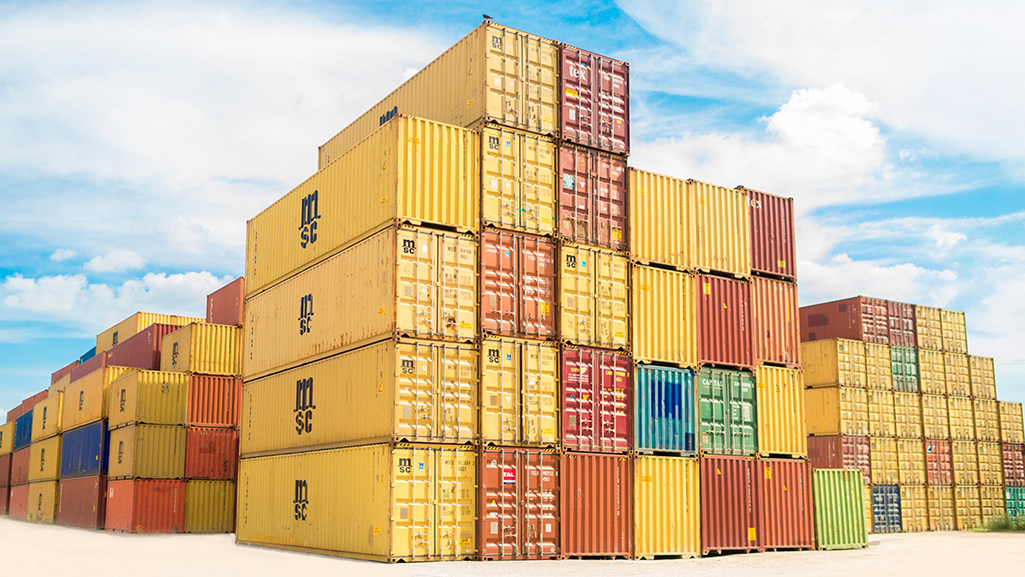There’s no question: Road freight transport is by far the most important mode of transport in the EU, with a share of over 75 per cent. And the logistics sector is growing. By 2030, commercial transport is expected to grow by 30% on German roads and inland waterways. In addition, the industry must cope with ever-increasing challenges. The German Logistics Association (BVL) expects even greater disruptions in supply chains and paints a gloomy picture for 2023 due to the energy crisis and shortage of raw materials. But innovative solutions also emerge from difficult situations, don’t they? The aim is to compensate for the disadvantages that the geographical location imposes on the logistics sector in Europe in particular, and to operate profitably. In short: Adapted risk management is required. Digitalization and networking are key to staying ahead of the competition. These are the four trends for future-proof logistics that transportation companies will have to watch out for in 2023.
Logistics trend #1: Cutting transportation costs

Even last year, the top priority for logistics companies was to save on transportation costs. This aspect is more important than ever against the backdrop of the energy crisis, because truck toll fees are set to increase next year. Due to new EU requirements and the updated report on transport infrastructure costs, the German Federal Cabinet decided in summer 2022 to increase the truck toll as of January 1, 2023. This is just one more cost driver for freight forwarders that are under a lot of pressure, as they will also have to cope with high fuel prices in 2023. In addition, the truck driver shortage is increasing costs, as wages and salaries are rising due to the fierce competition for qualified drivers. Personnel is one of the biggest cost drivers according to a study published by the European Freight Association of International Freight Forwarders in the specialist journal “Transport” on December 2, 2022. High personnel costs and high inflation will force many transportation service providers to reduce their costs in the coming year by implementing more efficient processes and optimizing their route planning.
Logistics trend #2: Visibility
Knowing where the cargo or shipment is currently located has become a new basic requirement for efficient processes. Today’s logistics service providers must stay agile so they can react quickly and flexibly to new disruptive events. They can perform optimally thanks to one of the most important innovations of recent years: real-time visibility along the supply chain. The current location of products during transportation should always be traceable from their point of origin to their destination. Platforms such as PTV Axylog make this possible. These software solutions provide live updates on the location and status of transport vehicles, and they also take into account information from telematics systems, such as traffic or weather updates, in order to provide the estimated time of arrival (ETA).
The challenge here is to allow all participants involved in the transport chain to access this real-time information and therefore enable dispatchers, drivers, and recipients to react in a highly dynamic manner. Cloud-based tools will increasingly provide transparency, monitoring, and performance analysis throughout the entire transportation process. Ultimately, these tools will help transportation service providers maintain their service levels while improving the framework conditions for their drivers: an important investment to combat the driver shortage.


Logistics trend #3: Emissions calculation and mixed fleets
In addition to the current crises and challenges, the logistics sector must address the issue of sustainability. German Transportation service providers are inevitably encountering this overarching goal in the new year: Starting in 2023, they are required by law to submit sustainability reports and disclose in detail their carbon footprint. Emissions analysis is an essential cornerstone of such a sustainability report. But how do you calculate CO2 emissions from transportation? Using tools such as the truck route planner or developer components for integrated tour and route planning.
Starting in 2035, no more combustion engines will be built or registered in Europe. Various vehicle types with electric drives, and those powered by hydrogen or gas are close to market maturity or are already available. However, euphoria is essentially restricted by two factors: maximum range and appropriate charging infrastructure. Each drive has its advantages and disadvantages.
“Logistics service providers are confronted with the question of where conventional drives and alternatives can be deployed optimally,” says logistics expert Matthias Hormuth. “The conversion to a mixed fleet requires optimized transportation planning, which takes the existing framework conditions into account.” Here, the sustainability factor should not pose economic disadvantages. Instead, new logistics concepts must help adapt structures and integrate fleets in the best possible way.
Logistics trend #4: Digitalization and disruptive logistics
Companies are increasingly integrating digital processes into their transportation operations: Digitalization is taking hold slowly but surely because it ensures the required dynamism and flexibility. Nevertheless, the logistics industry is under enormous pressure: Digitalization must not create ever greater competition among providers but pave the way for efficient transportation processes and chains. A new approach is the core topic of the FENIX research project. It establishes necessary standards, networks, and platforms for digital logistics. There is still a lack of overarching networks, but people are recognizing digital opportunities and their benefits.
This is where disruptive logistics comes into play. Dr. Michael Nutto, Sustainable Logistics Specialist, explains: “Disruptive logistics” refers to the implementation of disruptive megatrends in transportation logistics that change existing structures, such as decentralized organization via platforms. Another example is the development of ecosystems that provide data in real time to perform logistical tasks in a highly dynamic way. Emissions reports must be able to refer to primary consumption data from the vehicle, and also to relevant data from subcontractors. We need learning systems that link disparate data in a meaningful way.”

Where are we heading?
Reducing costs, visualizing, digitalizing, and networking – these are the key terms for logistics in 2023. The logistics industry faces major but not insurmountable challenges in the new year. Nutto sums up: “Innovative logistics offers enormous development potential: We just have to seize disruptive business models as an opportunity and invest in sustainability: Only those who act wisely will be able continue to transport goods to countries and cities in the future.”
Background information
- Trucks not only emit CO2, but also greenhouse gases. These are even more reasons to strive for a sustainable use of the vehicle fleet.
- In summer 2022, PTV Group surveyed more than 500 experts from the transportation industry on challenges, technologies, and opportunities for a current Logistics Trend Report.
